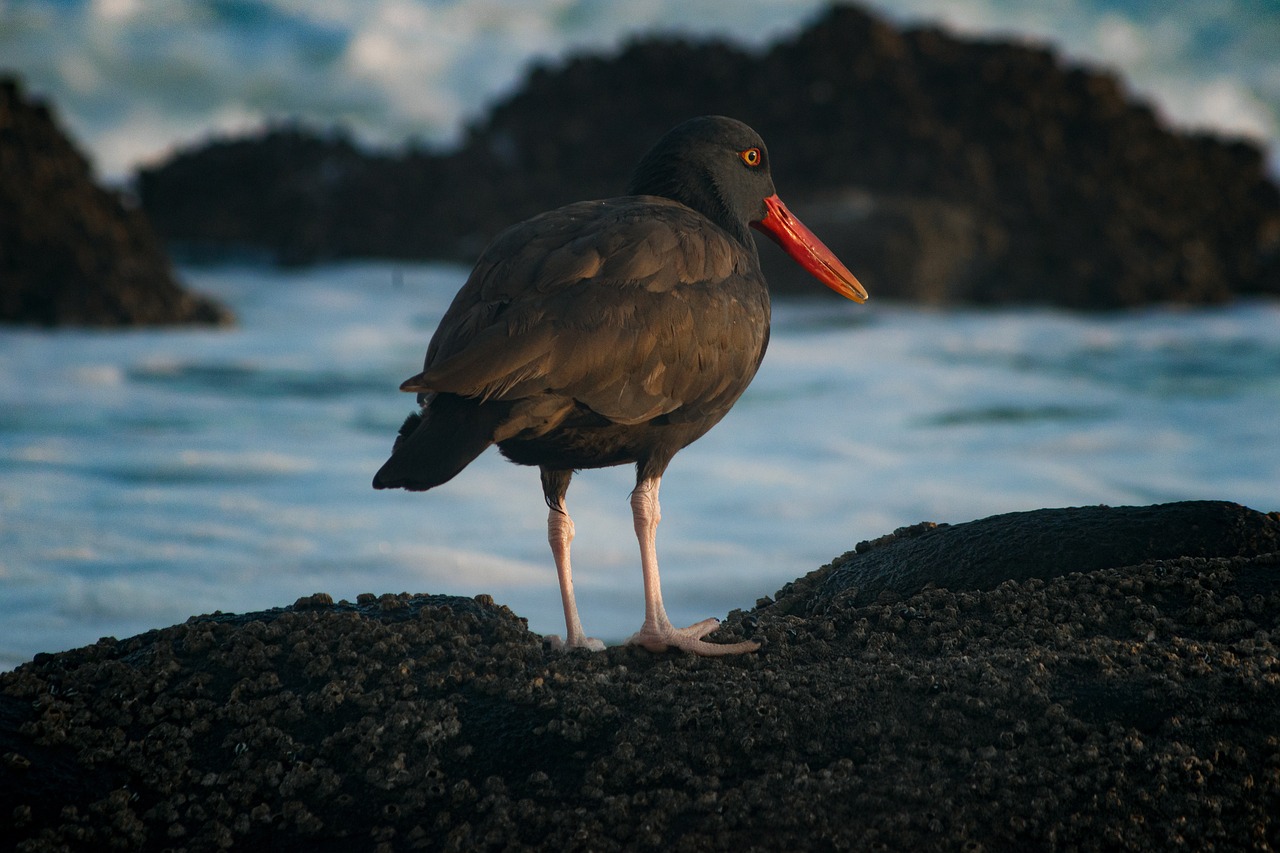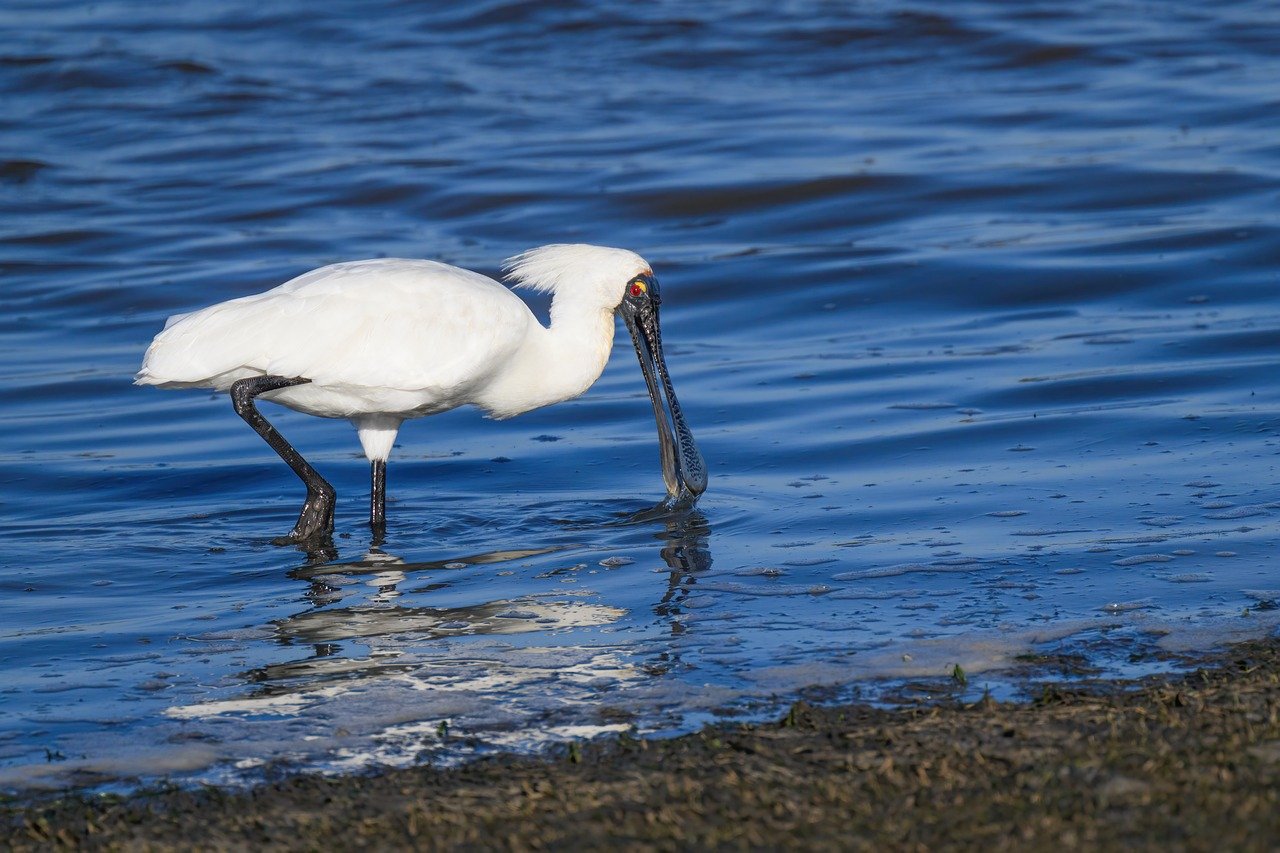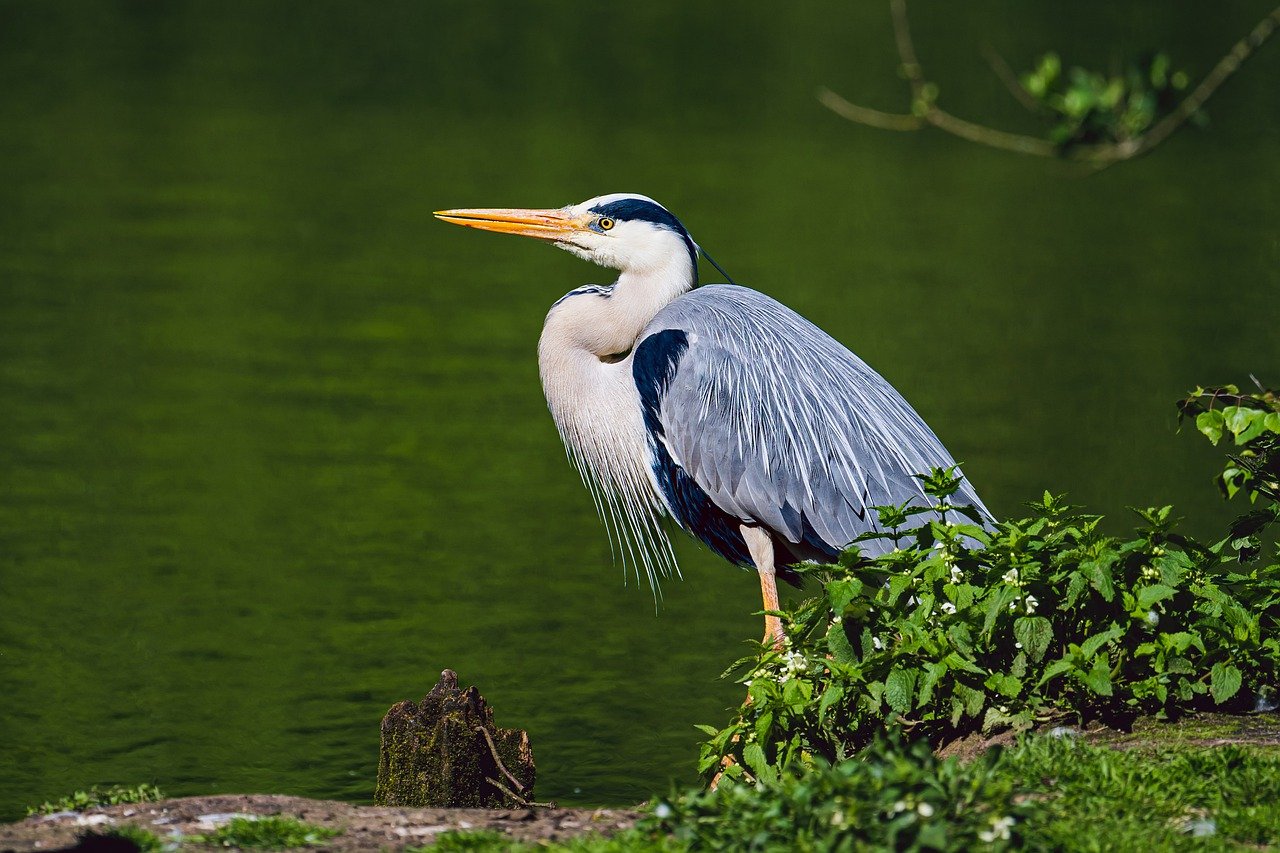
What Is The Difference Between Neoprene And Breathable Waders?

Introduction
Have you been thinking about purchasing a new pair of waders for your next fishing trip but are overwhelmed by the different options available in the market? Understanding the differences between neoprene and breathable waders can help you make an informed decision. Let’s dive into this topic and explore the key distinctions between these two types of waders.
Neoprene Waders
Neoprene waders are made from a synthetic rubber material that provides excellent insulation and warmth, making them ideal for cold weather conditions. They are designed to trap body heat, keeping you cozy and comfortable during long hours of fishing in chilly waters. Neoprene waders are also known for their durability and resistance to punctures, making them a reliable choice for anglers who frequent rugged terrains.
Breathable Waders
On the other hand, breathable waders are constructed from a breathable fabric, typically made of Gore-Tex or similar materials. These waders are designed to allow moisture and sweat to escape, keeping you dry and comfortable throughout your fishing expedition. Breathable waders are more lightweight and flexible compared to neoprene waders, offering enhanced mobility and breathability in warmer weather conditions.
Material and Construction
One of the key differences between neoprene and breathable waders lies in their material composition and construction. Neoprene waders are made from a thick, rubber-like material that provides excellent insulation and protects your body from cold water temperatures. The thickness of the neoprene material can vary, with 3mm, 5mm, and 7mm options available to suit different weather conditions.
On the other hand, breathable waders are constructed from a breathable fabric that allows air to circulate and wicks away moisture to keep you dry and comfortable. The most common fabric used in breathable waders is Gore-Tex, a waterproof and breathable material that provides excellent protection against water while allowing sweat to evaporate from your skin.
Durability
Neoprene waders are known for their durability and resistance to punctures, tears, and abrasions. The thick neoprene material can withstand rough conditions and protect you from sharp objects like rocks, branches, and fishing hooks. If you frequently fish in rugged terrains or encounter potentially damaging obstacles, neoprene waders can provide the necessary protection and durability to last you for many fishing seasons.
Breathable waders are also durable and can withstand normal wear and tear, but they may not be as puncture-resistant as neoprene waders. If you primarily fish in areas with sharp rocks and debris or engage in activities that could potentially damage your waders, neoprene waders may be a better choice for their superior durability and puncture resistance.
Weight and Mobility
Neoprene waders are heavier and bulkier compared to breathable waders due to the thickness of the neoprene material. While this added weight can provide extra insulation and warmth in cold weather conditions, it may also restrict your movements and limit your mobility, especially during long fishing trips. The heaviness of neoprene waders can cause fatigue and discomfort, particularly if you need to walk long distances or wade through deep waters.
Breathable waders are lightweight and more flexible than neoprene waders, allowing you to move freely and comfortably throughout your fishing expedition. The breathable fabric used in these waders is designed to be breathable and moisture-wicking, keeping you dry and comfortable without sacrificing mobility or agility. If you prefer a lightweight and flexible option that allows for unrestricted movement, breathable waders are an excellent choice for your fishing adventures.

Insulation and Temperature Regulation
Another important factor to consider when choosing between neoprene and breathable waders is their insulation properties and temperature regulation capabilities. Neoprene waders excel in providing insulation and warmth in cold weather conditions, making them an ideal choice for winter fishing or fishing in frigid waters. The thick neoprene material traps body heat and creates a thermal barrier that keeps you warm and comfortable even in sub-zero temperatures.
In contrast, breathable waders are designed to regulate your body temperature and prevent overheating by allowing excess heat and moisture to escape. The breathable fabric wicks away sweat and evaporates moisture, keeping you cool and dry in warmer weather conditions. Breathable waders are versatile and can be worn comfortably in a wide range of temperatures, making them suitable for year-round fishing in various climates.
Versatility
Neoprene waders are best suited for cold weather conditions and provide excellent insulation and warmth in chilly waters. If you primarily fish in cold climates or during the winter season, neoprene waders are the perfect choice to keep you snug and comfortable throughout your fishing trip. However, neoprene waders may be too warm and uncomfortable to wear in hot weather conditions, as they can trap excess body heat and cause overheating.
Breathable waders are more versatile and can be worn comfortably in a wide range of temperatures, from warm summer days to cool autumn evenings. The breathable fabric allows air to circulate and moisture to escape, keeping you cool and dry in hot weather while providing protection against rain and wind. Breathable waders are a versatile option for anglers who fish in various weather conditions and prefer a single pair of waders that can adapt to different seasons.

Waterproofing and Water Resistance
Both neoprene and breathable waders are designed to be waterproof and provide protection against water while fishing in rivers, streams, lakes, or oceans. Neoprene waders are inherently waterproof due to the dense rubber material that prevents water from seeping in and keeps you dry throughout your fishing expedition. The excellent waterproofing capabilities of neoprene waders make them an excellent choice for cold and wet weather conditions where staying dry is essential.
Breathable waders are also waterproof and constructed from a waterproof fabric like Gore-Tex that provides excellent protection against water intrusion. The breathable fabric prevents water from entering your waders while allowing moisture to escape, keeping you dry and comfortable in wet weather conditions. Breathable waders are ideal for rainy days, river fishing, or wading in shallow streams where water resistance is crucial to staying warm and dry.
Maintenance and Care
Proper maintenance and care are essential to prolonging the lifespan of your waders, regardless of whether they are neoprene or breathable waders. Neoprene waders require regular cleaning and drying to prevent the buildup of mold, mildew, and bacteria that can damage the material and cause odors. After each fishing trip, rinse your neoprene waders with fresh water, inside and out, to remove dirt, sand, and debris that could degrade the material over time.
Breathable waders also need to be cleaned and dried after each use to prevent the growth of mold and mildew that can affect the breathability and waterproofing of the fabric. To clean your breathable waders, use a mild detergent and lukewarm water to gently scrub away dirt and stains, then rinse thoroughly to remove any soap residue. Hang your waders to dry in a well-ventilated area away from direct sunlight to avoid damaging the fabric and prolong their lifespan.

Conclusion
In conclusion, the choice between neoprene and breathable waders ultimately depends on your fishing preferences, weather conditions, and personal comfort. Neoprene waders excel in providing insulation and warmth in cold weather, making them ideal for winter fishing or chilly waters. On the other hand, breathable waders offer superior breathability and moisture-wicking properties, making them versatile and comfortable in a wide range of temperatures.
Consider the factors discussed in this article, such as material and construction, durability, weight, insulation, temperature regulation, waterproofing, and maintenance, when choosing between neoprene and breathable waders. Both types of waders have their unique advantages and disadvantages, so it’s essential to weigh your priorities and fishing needs to select the waders that best suit your preferences. With the right pair of waders, you can enjoy a comfortable and successful fishing experience in any weather conditions.